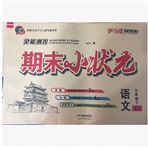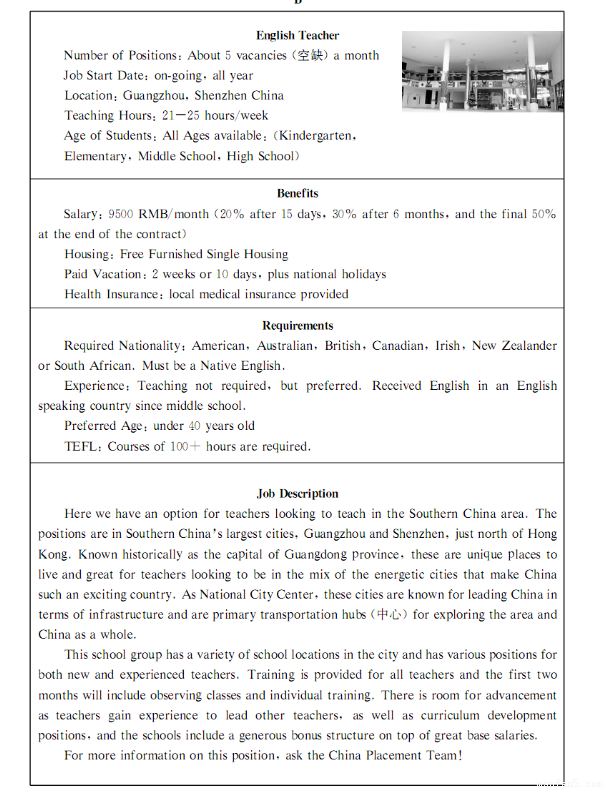题目内容
Teach for America is a non-profit program that places new teachers in schools in low-income areas across the country. The teachers must remain in their positions for at least two years. About 17,000 college graduates have worked in the program since it began in 1990.
A student at Princeton University, Wendy Kopp, developed Teach for America as part of her college work. Money from major businesses helped make her idea a reality. Wendy Kopp still heads Teach for America. It receives support from the federal government, private businesses and individuals.
Some education experts criticize the program because its teachers get only five weeks of training before they start teaching. And they say most of the teachers do not continue teaching after two years. However, the program says most of the teachers who took part in the program are studying or working in education. And many of its former teachers have become leaders in the effort to improve education for all children.
Margery Yeager is an example of this. Yeager taught in a public school in Washington, D.C. as part of Teach for America a few years ago. She now works in the office of Michelle Rhee, the top official of the District of Columbia public schools. Yeager says Teach for America changed her life path and that of many others. She says even people who move to other kinds of work continue to stay involved in education issues. Chancellor Michelle Rhee and other top officials of the D.C. school system also served in Teach for America.
The program reported an increase of top college graduates in applications this year from 18,000 to 25,000. Teach for America will have about 6,000 teachers in public schools across the country in the fall.
61. Teach for America was first founded by .
A. the federal government B. some private businesses
C. some college graduates D. a university student
62. Some education experts criticize the program because .
A. its teachers lack teaching experience
B. it is only carried out in low-income areas
C. many teachers don’t complete the two years’ teaching
D. it doesn’t work well because of the lack of fund
63. Margery Yeager is mentioned as an example to show that many former teachers of Teach for America .
A. have got higher positions after completing their job at Teach for America
B. changed their life path after completing their job at Teach for America
C. are still involved in education after completing their two years’, teaching
D. become more successful in their life and work after working for the program
64. We can infer from the last paragraph that .
A. Teach for America only accepts top college graduates
B. Teach for America can find enough good teachers
C. applicants for Teach for America are mostly top college graduates
D. Teach for America becomes more and more popular among top college graduates
65. The main purpose of the passage is .
A. to introduce Teach for America
B. to introduce education in America
C. to introduce life of American teachers
D. to introduce jobs that top college graduates like
DACDA

 全能测控期末小状元系列答案
全能测控期末小状元系列答案